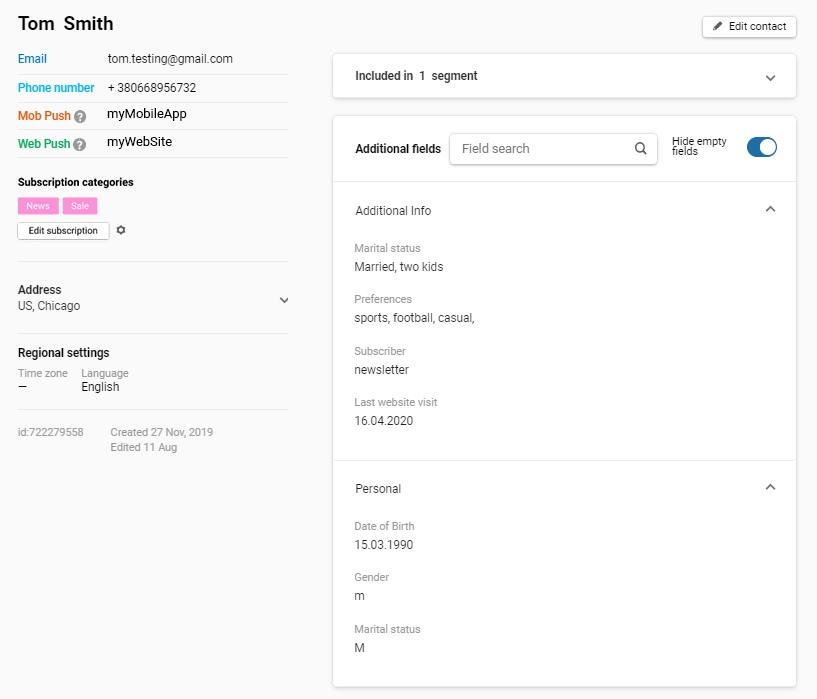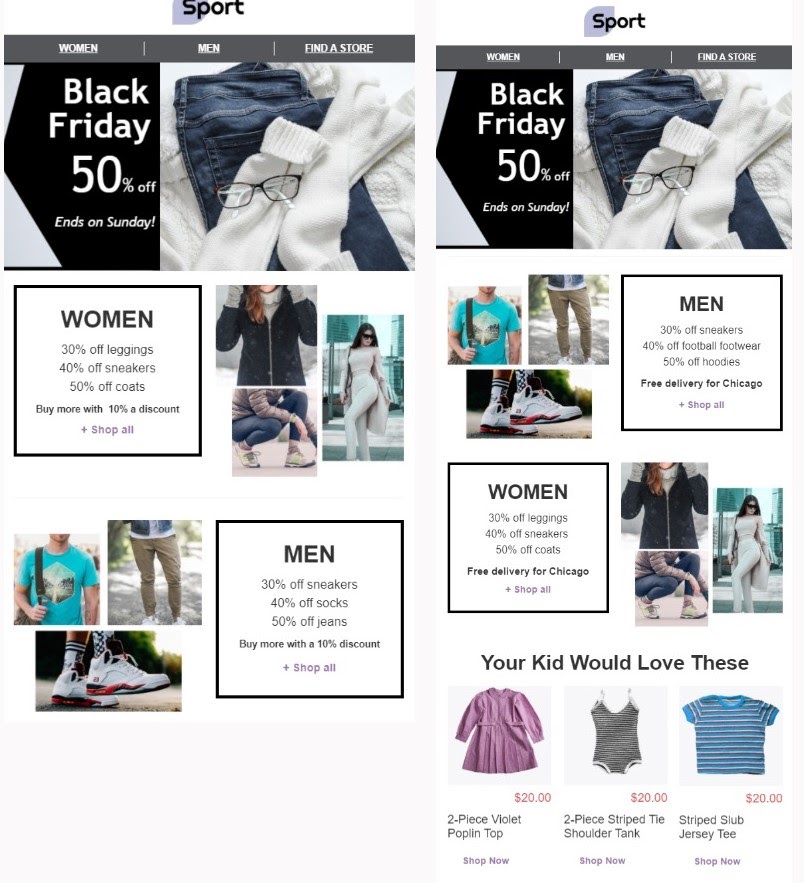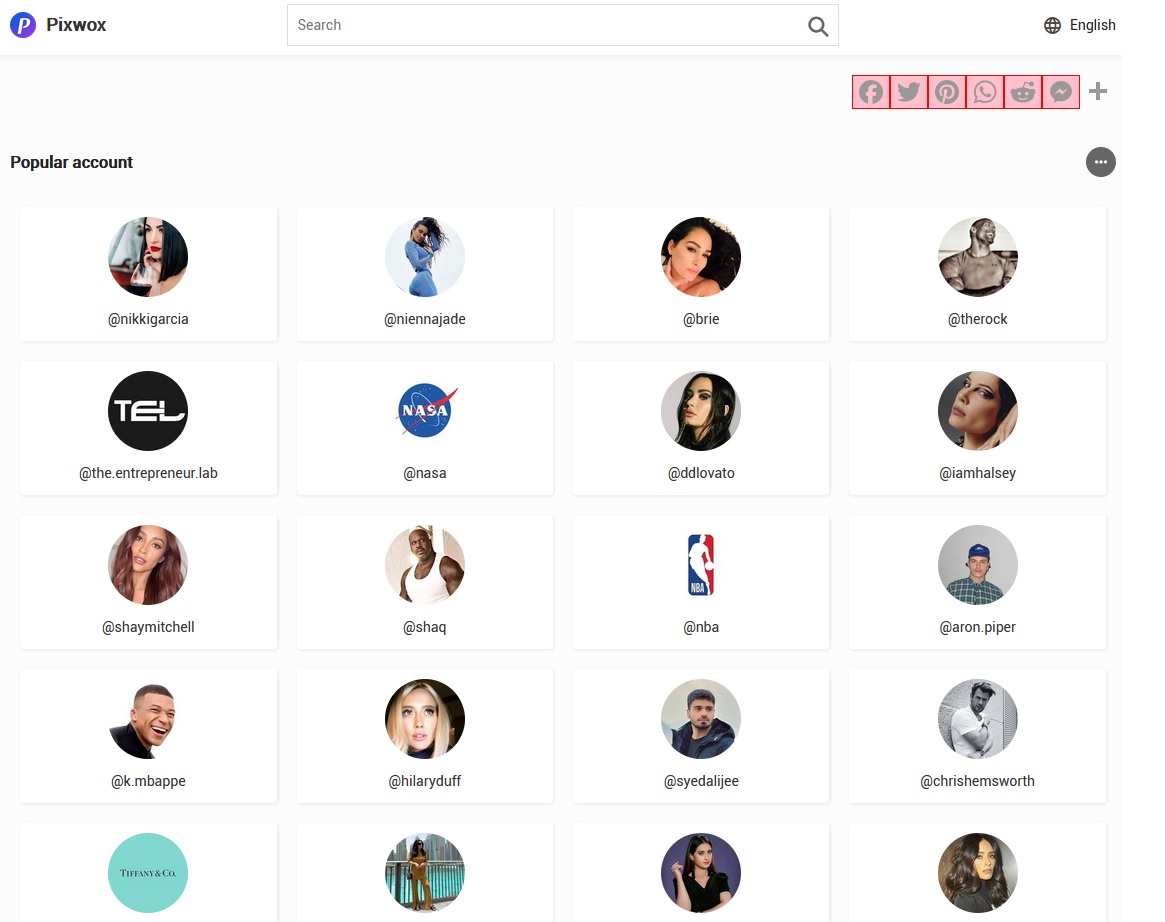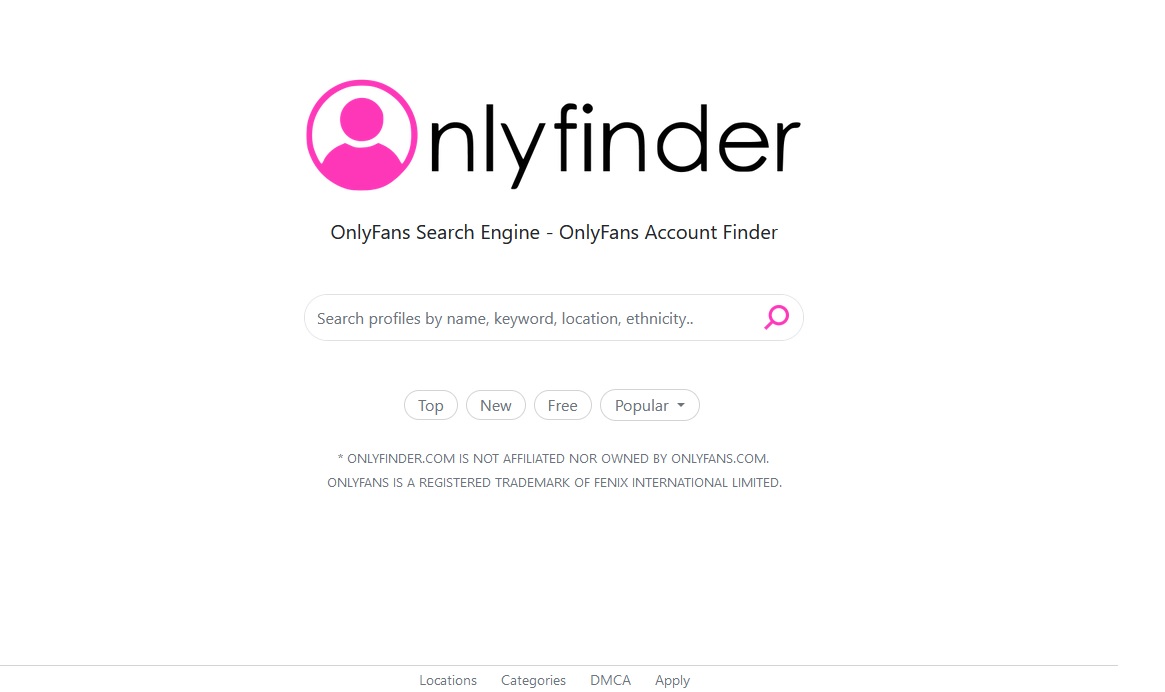Roughly speaking, email marketing is a communication strategy using which you send your subscribers and customers different commercial and non-commercial messages and offers. However, your audience isn’t homogeneous and consists of numerous categories: males, females, singles, married, students, workers, travelers, food bloggers, teenagers, seniors, etc. Each category has its own preferences and behavioral patterns and requires a different marketing approach.
Of course, you can keep on sending bulk campaigns to the entire contact list but don’t expect much performance. Just showing a couple of cute images of your products isn’t enough anymore. A modern customer can choose between thousands of brands and have access to products from all corners of the world. The competition for their attention is high and your task isn’t just to deliver the offer but to deliver the relevant offer, preferable at the relevant time. This where email segmentation steps in.
What Is Segmentation for Email Marketing
Segmentation is division of your customer base into several groups (segments) based on the conditions you choose. These conditions can be any parameters of the customer data: language, location, shopping preferences, website behavior, payment history, etc. The more parameters you include, the more advanced segmentation is and the more chances you have to prompt an intended action.
With this being said, the next question is where you can get this data. And the answer is on any platform you use for business: website, social media, communication channels. With cookies, you can monitor website visits and record what product categories people view, how often, what they add to the cart, etc.
Facebook and Instagram analytics allow to see what posts cause the biggest response. Statistics on emails, pushes and SMS shows what offers generated the most clicks. What’s more, you can always ask a customer directly (email survey, order feedback, questionnaires on social media, call, offline events) about their preferences and hobbies.
All this data will be gathered into one contact card (provided you use a professional ESP that supports unified profiles) that will look something like this:
Unified contact profile in the eSputnik system
Based on it, you can build the following portrait this particular customer:
- Tom, male, 30, married, two kids, Chicago-based, speaks English;
- Subscribed to your newsletters (topics of interests – news, sales), web pushes and mobile pushes, has a mobile phone number;
- Interested in sports, football, casual clothing;
- Inactive (last website visit is on April 16).
Each of these parameters can be used to build a segment. Actually, you can build it including (and excluding) multiple parameters at once. Let’s take a quick look at how to do it.
How to Build a Segment
The below profile gives us some ideas on what kind of messages will most likely be relevant for the contact (that is Tom):
- Bulk emails, web pushes, mobile pushes, and SMS (you have the corresponding contacts) in English;
- Birthday campaign in March;
- Newsletters with news and sales (he has subscribed to these categories);
- Campaigns with a focus on male sports clothing, especially football gear;
- Local sales and events or applicable sales held in Chicago;
- Free delivery across Chicago;
- Reactivation campaigns (as his last visit was long ago);
- Campaigns targeting parents – back-to-school offers, discounts for kids’ clothing (because he has two kids).
But before sending any of them, you need to create the corresponding segment with specified conditions.
Let’s imagine, you’re a clothing ecommerce with shops in Chicago, Huston and Queens selling casual clothes and sports apparel for adults and kids. You want to send a Black Friday promo with personalized deals and offers. Having analyzed your contact base, you segment it by location, preferences and family status. You’ll have several segments, and this is how the segment fitting Tom’s profile may look like:
Dynamic segment example
Of course, it’s not built for Tom only. The system will automatically include in it all contacts from your base who match these conditions. And those contacts on whom you have no data so far will receive a standard copy.
Keeping this in mind, let’s compare these two emails and tell which one will most likely encourage Tom to take some action. The first one is a standard version you’d be sending to contacts without data for segmentation; the second one is a personalized promo with the content picked up to meet the recipient’s expectations.
Bulk emails vs. personalized email
See the difference? The second email prioritizes Tom’s preferences and also gives discounts on product categories he likes. It also offers him not an extra 10% discount but a free delivery across Chicago which is more likely to generate response. And since he is a father of two, an extra block with goods for kids makes this campaign almost a friendly notification rather than a commercial.
Summing Up
I know that the above might be too much info especially if you’re new to the concept of segmentation or to email marketing at all. I’ll try to summarize it in brief notes to give you a general idea of how it works.
- Segmentation is an approach that enables you to split your contact base into groups (segments) based on customer data available to you. It can be personal info, behavioral patterns, gadget or OS type, etc. You can build unlimited segments with various conditions.
- You need data for segmentation. The more you have, the more precise segments you’ll build and more targeted messages send. The most valuable data is website behavior and campaign activity as it not only tracks the behavior but also reflects every minor fluctuation in it.
- Contact segments are fluid, and new contacts are constantly included and excluded. For example, the contact included in the reactivation segment is excluded from it after they make a new purchase. Instead, they may migrate to a retention segment. One contact can be included in several segments at once.
- Before segmenting your base, think what content you will send to each segment. There is little use in segmentation if everyone receives the same default copy after all. Set priorities for each type of customer and build your campaign strategies correspondingly.
Segmentation can bring your email marketing numerous benefits: convert prospects into customers, turn customers into a loyal audience, reactivate “sleeping” users and drive people back to your brand. Use it to deliver your customers the most relevant offers and take your communication to the new level.
Author’s Bio
Iuliia Nesterenko is a technical writer at eSputnik. Her focus is on exploring current digital marketing trends and describing new strategies for email marketers.












Add Comment